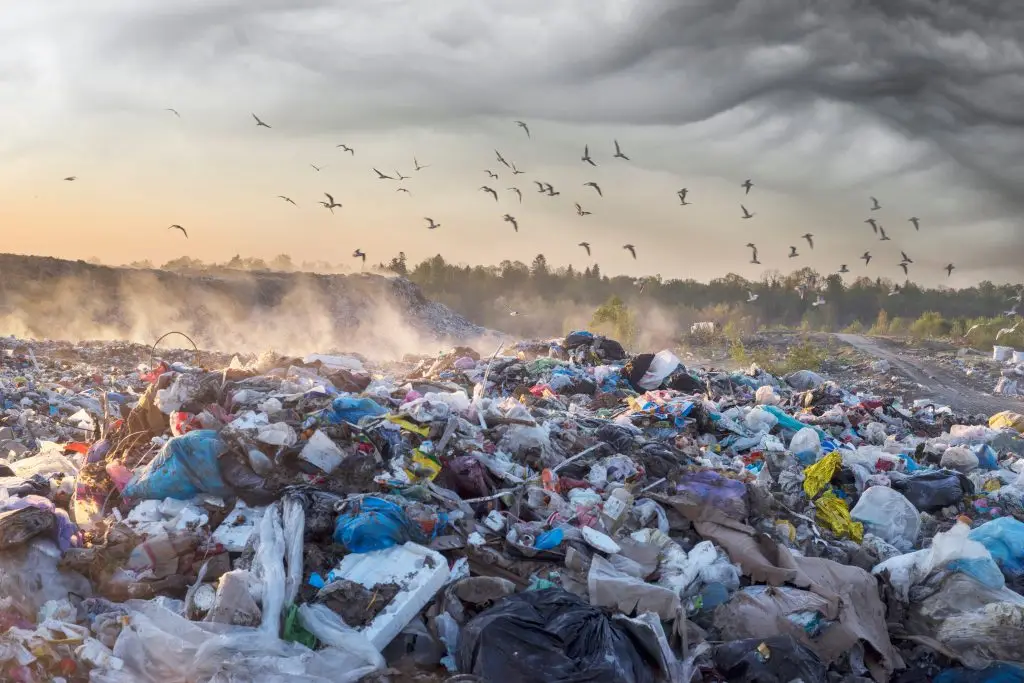Microplastic Menace: The Unseen Threat to Our Health and Environment.
Why Addressing Microplastic Pollution Requires Immediate and Drastic Action.
Microplastic pollution is a growing environmental crisis with significant implications for human health and ecosystems. Despite increasing global awareness, the production of plastics continues to rise, with inadequate recycling practices exacerbating the problem. This article delves into the severe impacts of microplastics, the escalating production of plastics, and the need for innovative solutions like Zeroplast to combat this pervasive issue.
The Rising Threat of Microplastics
Microplastics, defined as plastic particles less than 5 millimeters in length, are pervasive in our environment. They originate from various sources, including the breakdown of larger plastic debris, synthetic textiles, and even personal care products. These tiny particles have been found in oceans, rivers, soil, and even the air we breathe. According to the UNEP, microplastics are present in everyday items such as clothing, cosmetics, and cigarette filters, contributing to widespread environmental contamination.

The Role of Bioplastics
Bioplastics like PLA (polylactic acid) are often marketed as sustainable alternatives to conventional plastics. However, they are not without issues. PLA can fragment into microplastics, similar to traditional plastics. Studies indicate that PLA and other bioplastics can degrade into microplastic particles under certain conditions, contributing to environmental pollution (Bioplastics News, ScienceDirect).
Challenges with Bioplastics
- Production Impact: The production of bioplastics requires significant agricultural resources, which can lead to deforestation, soil degradation, and loss of biodiversity.
- End-of-Life Issues: PLA does not readily degrade in natural environments and requires industrial composting facilities to break down properly. Most of these facilities do not accept bioplastics due to contamination concerns (Resilience.org, National Geographic).
- Microplastic Generation: Even bioplastics can break down into microplastics, posing similar environmental and health risks as conventional plastics (ScienceDirect, Bioplastics News).
Health and Environmental Impacts
The health risks associated with microplastics are alarming. Research has found microplastics in human blood, lungs, and even the placenta of newborns. These particles can cause inflammation, disrupt hormonal systems, and carry toxic chemicals, posing significant health risks. For marine life, microplastics lead to ingestion and bioaccumulation, causing physical harm and potentially entering the human food chain through seafood.
Environmental impacts are equally dire. Microplastics harm marine ecosystems by affecting the health of marine organisms and disrupting food webs. They also contribute to soil degradation, impacting agriculture and food safety. The World Health Organization (WHO) has called for urgent research to understand the full extent of these impacts and develop strategies to mitigate them.
The Escalating Problem of Plastic Production
Global plastic production exceeded 400 million tons in 2022 and continues to grow, driven by increased consumption and lackluster recycling efforts. Only about 9% of all plastic waste ever produced has been recycled, with the rest ending up in landfills, incinerated, or leaking into the environment. The European Union has committed to reducing microplastic pollution by 30% by 2030, but achieving this goal requires significant policy changes and public awareness campaigns.
Innovative Solutions: The Role of Zeroplast
To combat microplastic pollution, a shift towards sustainable, plastic-free materials is essential. Zeroplast represents a breakthrough in this field. Made from 100% bio-based materials, Zeroplast is designed to be fully biodegradable and free from microplastics. Its development and adoption could significantly reduce the environmental footprint of packaging and consumer goods.
Policy and Regulatory Measures
Effective solutions to microplastic pollution must also involve stringent regulations and policies. This includes banning certain single-use plastics, imposing taxes on plastic production, and incentivizing the development and use of sustainable materials. Even bioplastics, often seen as an eco-friendly alternative, can degrade into microplastics, underscoring the need for comprehensive solutions.
Conclusion
The fight against microplastic pollution is a crucial aspect of protecting both human health and the environment. While innovative materials like Zeroplast offer promising solutions, broader systemic changes are required. This includes robust regulations, increased recycling efforts, and a collective shift towards sustainable consumption and production practices.
Final Thought: Immediate and concerted action is necessary to address the microplastic crisis. By investing in sustainable alternatives and enforcing stringent policies, we can mitigate the devastating impacts of microplastics and safeguard the future of our planet.
Sources:
- United Nations Environment Programme (UNEP)
- World Health Organization (WHO)
- Pew Charitable Trusts
- DW (Deutsche Welle)
- Nature.com
These sources provide comprehensive insights and data on the current state of microplastic pollution and its far-reaching impacts.
